
by Gideon Marcus
Ahead by a nosecone
If there was any doubt as to America's position in the Space Race, such has been dispelled this month with the amazing double mission of Geminis 6 and 7. In a single fortnight, a slew of new records has been made, leaving those of the Soviets, and those made by prior Gemini flights, in the dust.
It all started way back on October 25. The United States already had three successful two-person flights under its belt, having tested the new Gemini spacecraft with Gemini 3, experimented with spacewalking on Gemini 4, and set a space endurance record with Gemini 5.
Gemini 6, commanded by Mercury veteran Wally Schirra, would be the first test of the Agena docking adapter — an upper rocket stage remodeled to fit the nose of a Gemini so that the spacecraft could be boosted to high orbit.
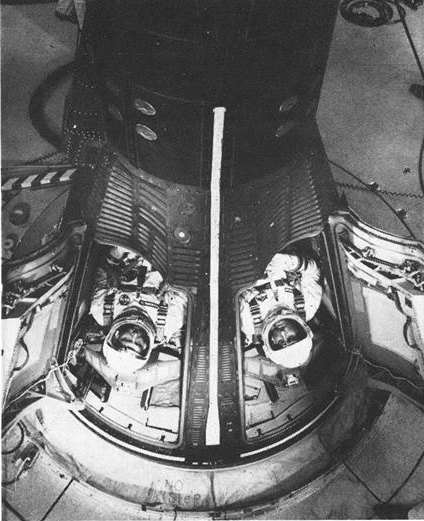
Sadly for Schirra, the Agena, launched just minutes before Gemini 6's blast off time, failed to make orbit. The whole mission had to be scrubbed.
But a super-endurance flight was already in the works for December: a fourteen day slog planned for Group 2 NASA astronauts Jim Lovell and Frank Borman. Seeing how they'd just be spending two weeks jawing and sleeping, why not combine the missions of Gemini 6 and 7? While they wouldn't be able to dock, they would be able to test their orbit maneuvering engines and rendezvous techniques by getting within 20 feet of each other. Plus, it would mean four Americans in space, which would beat the Soviet record by 33%.
So it was that Gemini 7 blasted off in the afternoon of December 4 with the sweet anticipation of being joined just in space eight days later by Gemini 6A.
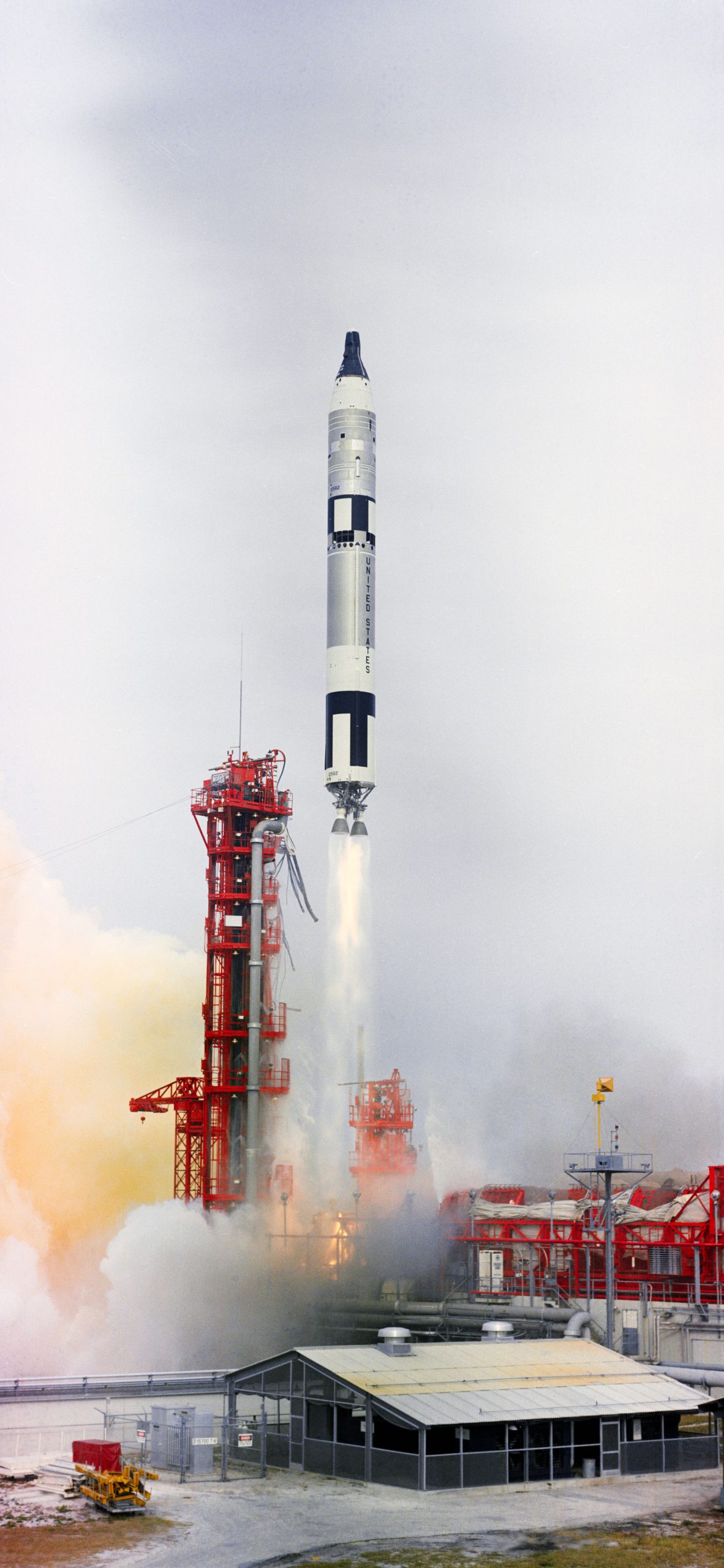
The long wait
Of course, Gemini 7 still had to log as many hours just in the first part of the mission than Gemini 5's astronauts did during their whole excursion. That meant a lot of endless hours. To be sure, NASA tried to occupy them by taking pictures of the Earth as they orbited, and halfway through the trip, there was a visual acuity test in which astronauts tried to pick out specially made targets on the ground.
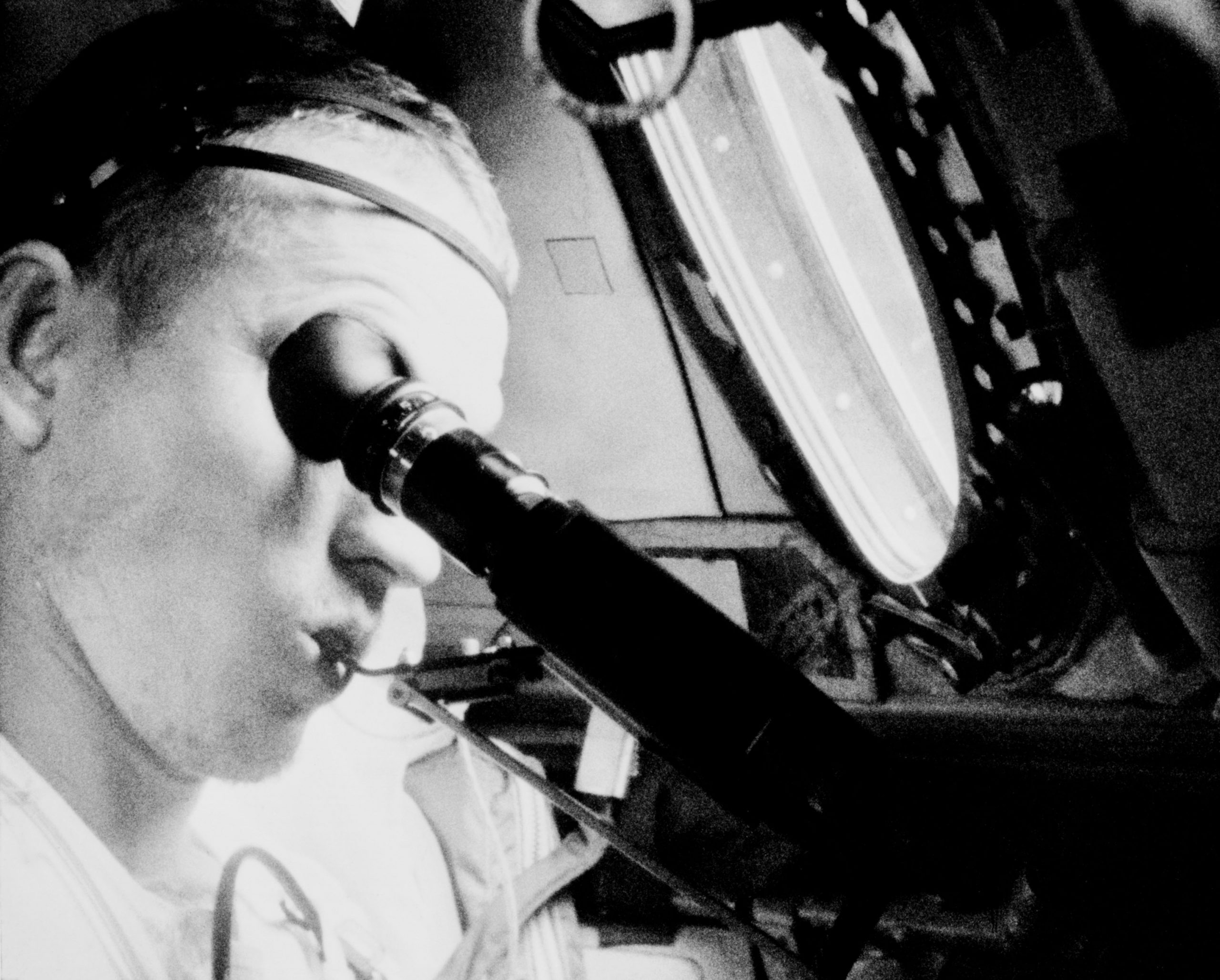
There was also an interesting experiment in which Gemini astronauts beamed a hand laser out the window of the spacecraft, bouncing it off mirror-sided Explorer 22. This was a communications test; laser beams cannot be intercepted and are not limited by line-of-sight with the ground. Unfortunately, although the receiving station was able to see the beam, it got no useful messages from it.

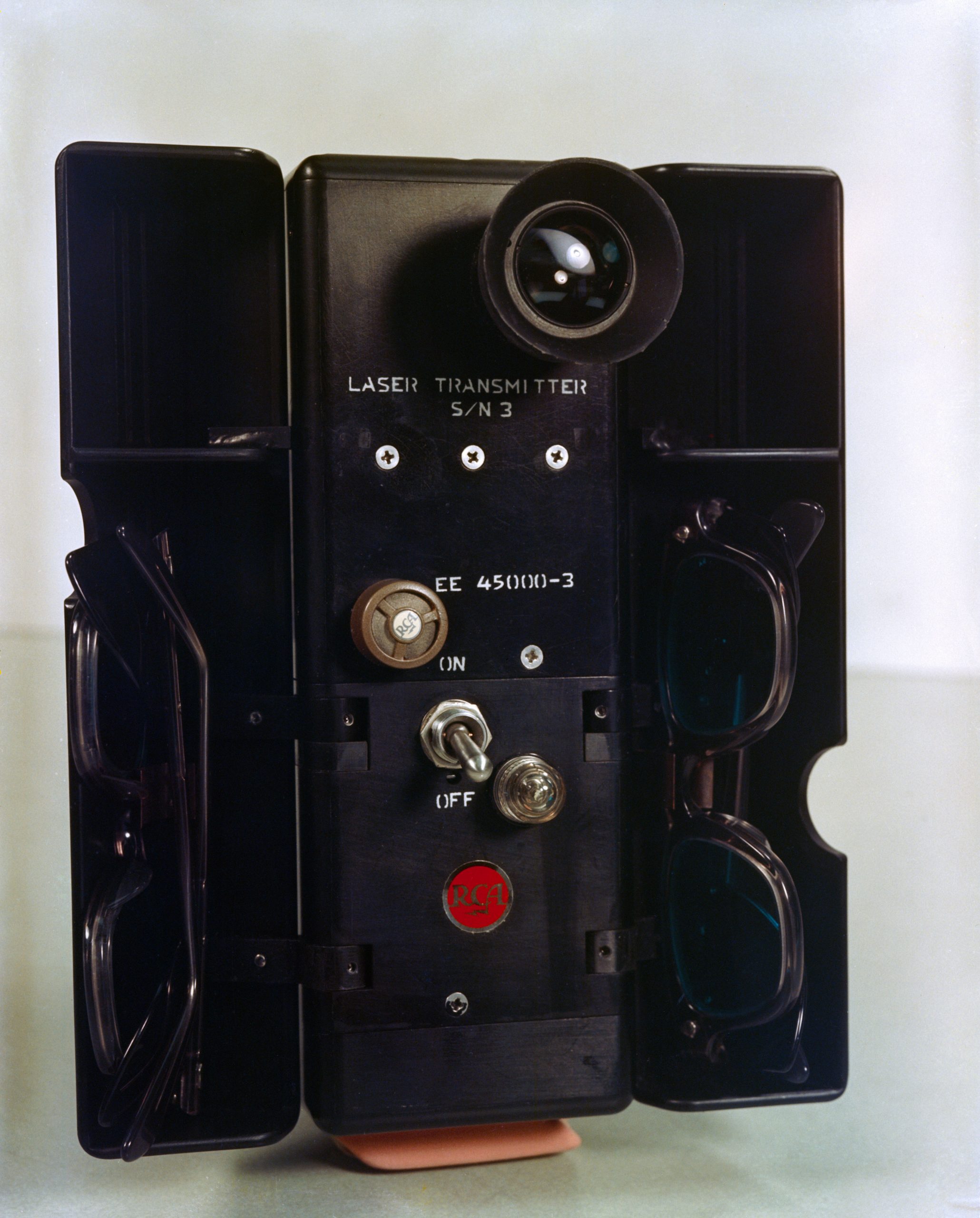
Other than that, Gemini 7's crew was mostly bored and uncomfortable. They argued with NASA for several days before they were allowed to both keep their suits off. Jim Lovell wished he'd brought a book along. Things got very whiffie, and when, after week, they just couldn't delay certain bodily functions anymore, the cabin's atmosphere took a turn for the worse.
T for two
On December 12, after an early morning breakfast of steak and eggs, Schirra and his rookie companion, Tom Stafford, buckled into Gemini 6A. This would be the day they made space history by becoming the third and fourth simultaneous men in space.
It was not meant to be. At T-0, the familiar plume of smoke erupted from Gemini 6's Titan II rocket, but even before the unique groan of blast-off could reach the launch block house, the engine had already shut down. Schirra now had a microsecond to react — if the booster had left the pad at all, it would come back down, collapsing in on itself in a conflagration. But the experienced test pilot was certain the rocket hadn't moved, and he did not punch the ejector button. As a result, the mission was just delayed, rather than scrubbed.

Just four days later, the third time proved to be the charm as Gemini 6 made a perfect ascent into orbit and immediately began closing in on Gemini 7. Within just five hours, Schirra had maneuvered his spacecraft to within 100 feet, and he continued his approach. When all was said and done, both spacecraft were just one foot away from each other. Compare that to the dual flights of Vostoks 3 and 4, and later 5 and 6: while those spacecraft had gotten fairly close to one another, that was the result of accurate launching rather than onboard maneuvering. Indeed, the moment of rendezvous was the first time since Alan Shepard's 1961 launch in Freedom 7 that the entire flight crew at Mission Control was standing at their consoles.
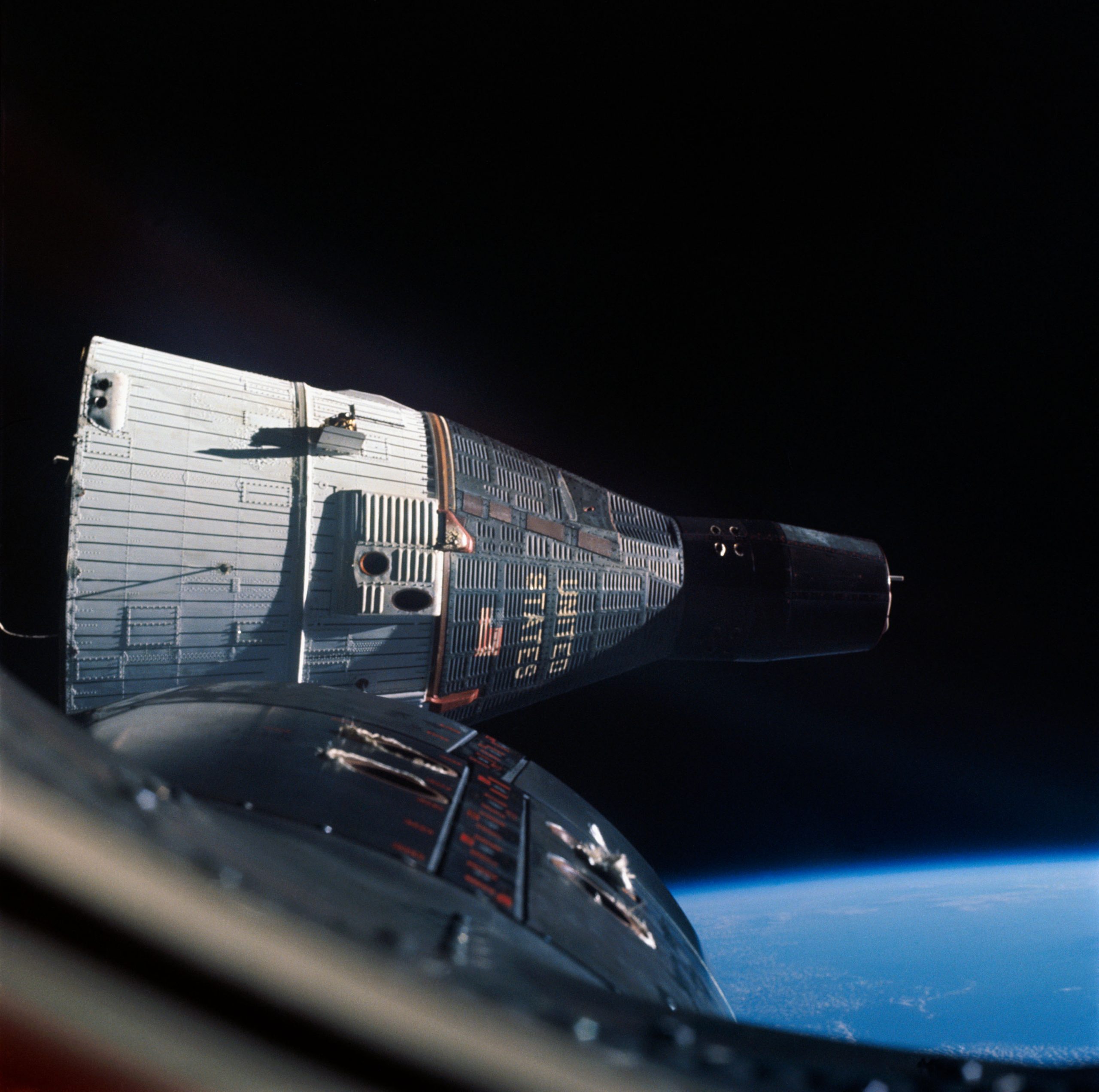

Getting it on film
If the rest of the flights of Geminis 6 and 7 were anticlimactic for their crews, they were anything but for the anchors at CBS and NBC…or the folks on the ground glued to their boob tubes. Schirra and Stafford reentered just one day after taking off, splashing down in the Atlantic near the aircraft carrier U.S.S. Wasp. And we were there, remotely. For the first time, live cameras aboard the recovery fleet caught the action: the sight of the Gemini capsule bobbing on the placid ocean, the helicopters keeping careful watch, the divers bringing the spacecraft and its astronauts aboard ship to be feted by the thousands of crew members.
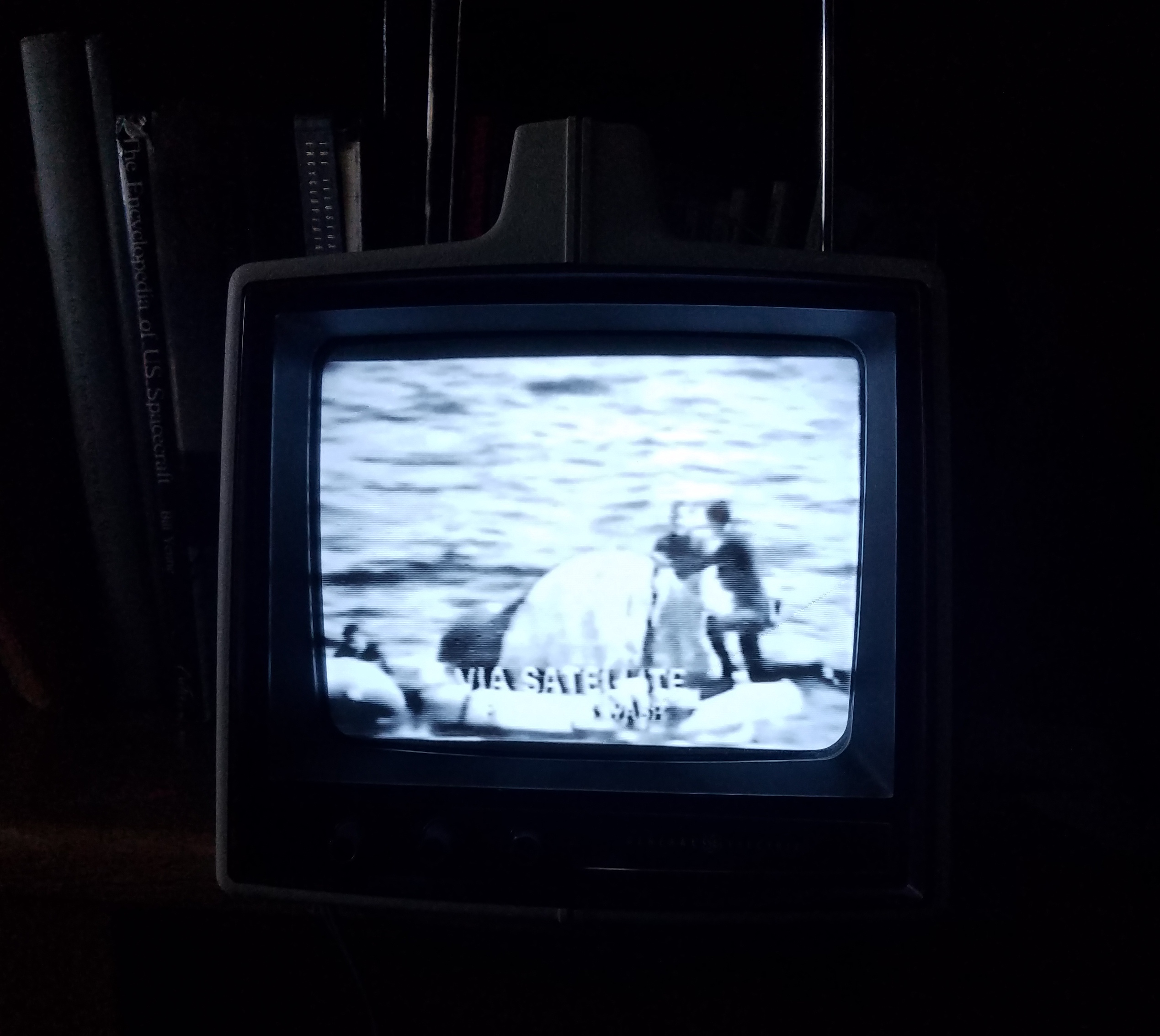
We actually got many hours of special coverage for these flights, although we had to get up very early for the splashdowns. They were mostly in color, too. I particularly liked watching CBS reporter Mike Wallace playing with the IBM computer, which was programmed for orbital mechanics calculations. And at every juncture, there were folks playing in the Gemini simulator to give us an idea what the astronauts were doing.
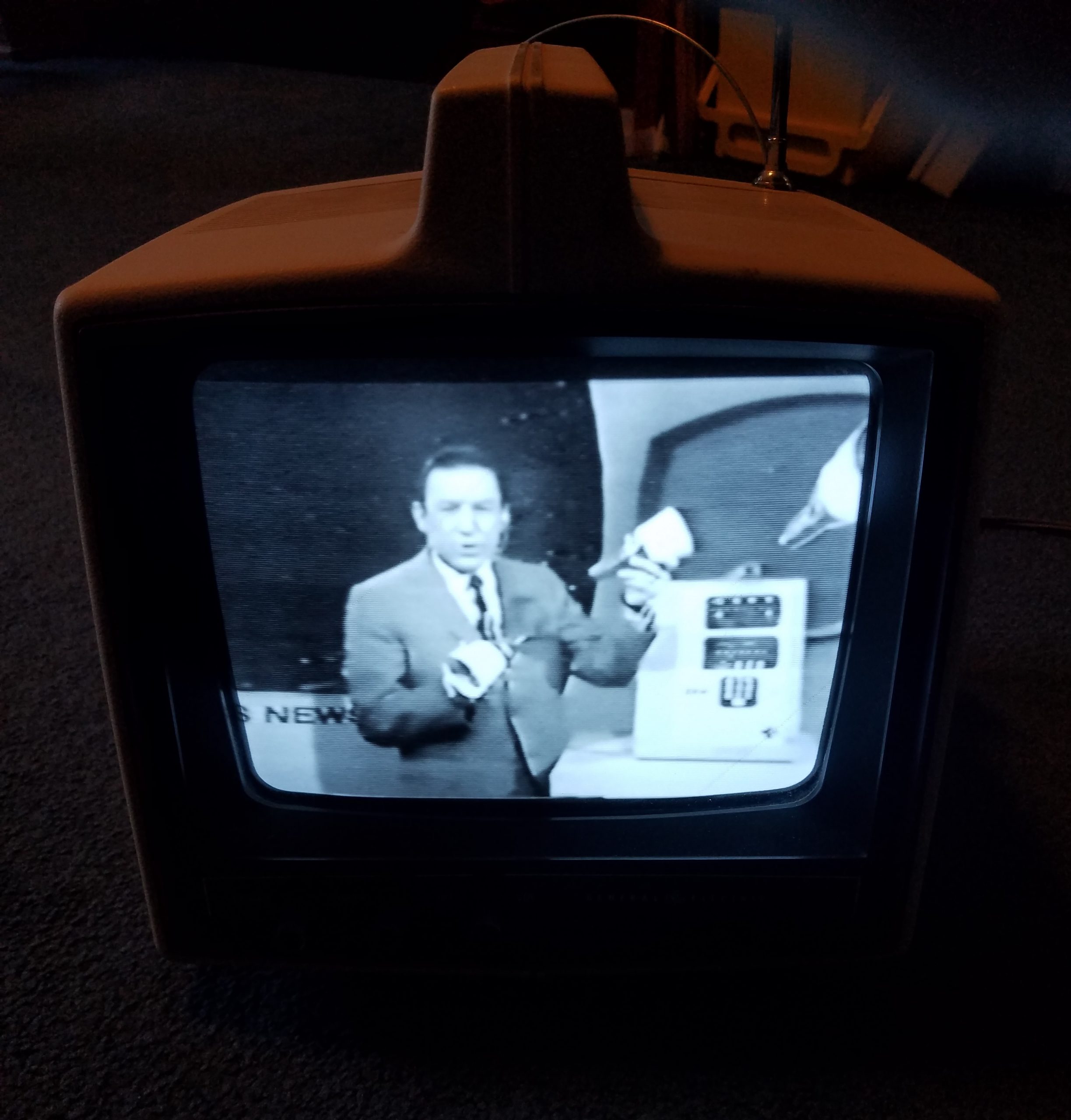
Who would have thought that as humanity took its first steps into space, we would be able to look over their shoulders every step of the way? All that's left is incorporating "instant replay" somehow!
What's next?
We are already halfway through the Gemini program. A total of twelve flights are planned, and seven have flown. These next flights will all take place in 1966, the first scheduled for March, which means we will have a crowded viewing schedule next year! It's got to be a fast schedule, though; the first Apollo will go up in early 1967. Next year's missions will focus on docking, extended spacewalks, and large scale orbital maneuvers — all skills we'll need for our trips to the Moon.
You can bet I'll keep tuning in to Cronkite!
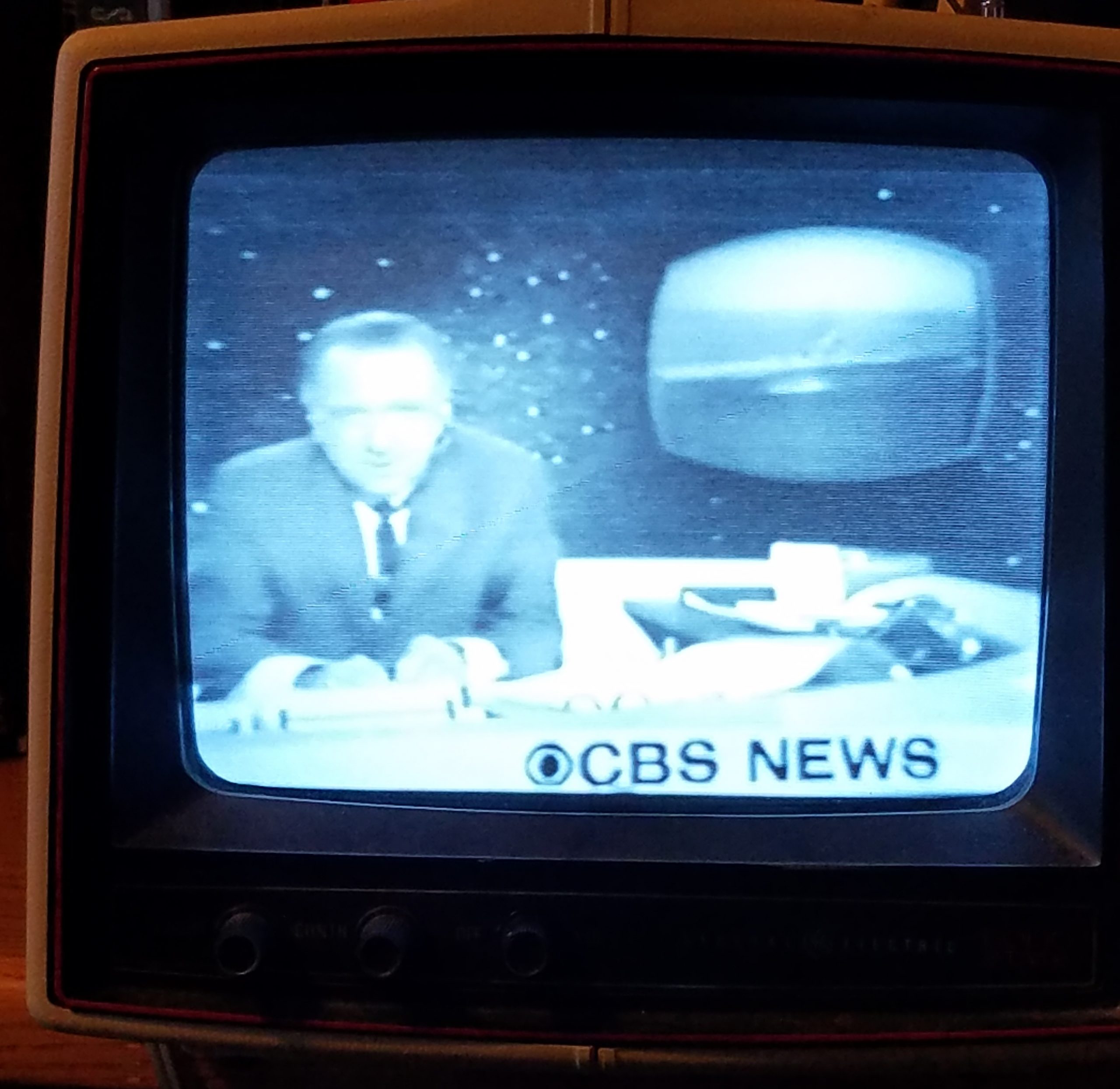
The holidays are coming! Looking for the perfect gift for a niece, nephew, or other young relative? Kitra is the hopeful, found family novel that they've been waiting for. Buy a copy for them today…and perhaps one for yourself!

![[December 20, 1965] Rendezvous in space (Gemini 6 and 7)](https://galacticjourney.org/wp-content/uploads/2020/12/651215b3-672x372.jpg)

